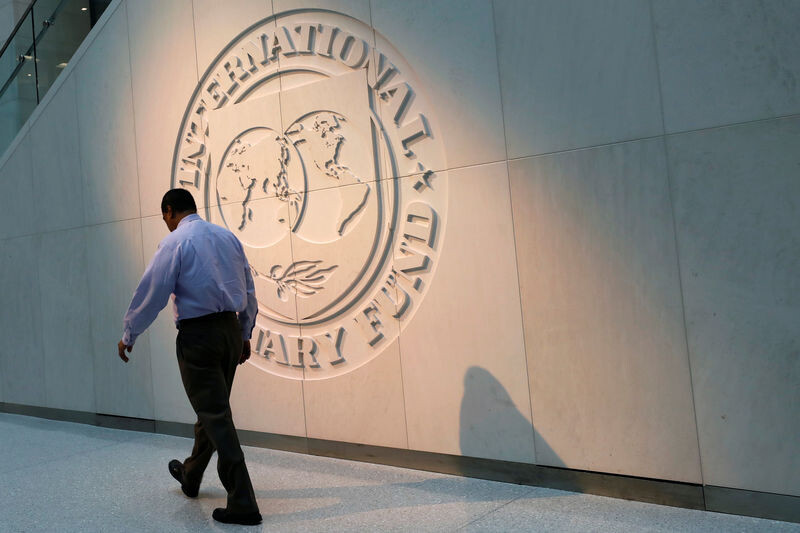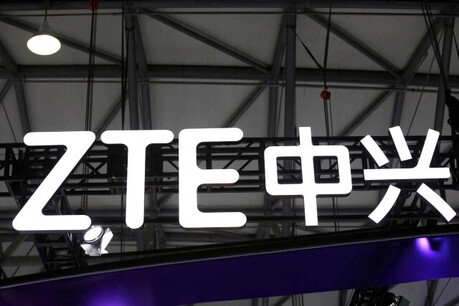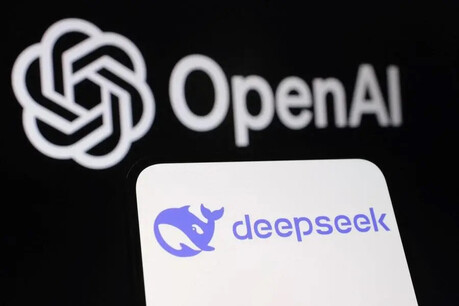
The IMF identifies the non-bank financial sector (NBFI)—or 'shadow banking'—as the most significant structural threat to financial stability, replacing the traditional banking system as the main source of systemic risk. Following the 2008 financial crisis, stricter regulations (like Basel III) shifted credit intermediation to the NBFI sector, which includes private equity, hedge funds, and asset managers operating under looser regulatory oversight.
NBFI assets now constitute nearly half (49.1%) of global financial assets, with an annual growth rate (8.5%) significantly outpacing the banking sector (3.3%). This rapid expansion and pursuit of high-yields, particularly in the opaque private credit market, has led to a build-up of unaddressed risks. Incidents like the bankruptcy of auto parts supplier First Brands and the failure of subprime auto lender Trikalo illustrate the realized risk and the opacity of this sector. As Allianz Chief Economic Advisor Mohamed El-Erian noted, the risk was not eliminated after 2008, but merely transferred from the transparent, regulated banking system to the opaque, less-regulated non-bank sector.
Interconnectedness and Stress Testing Results
Crucially, the complex and powerful linkages between NBFIs and the regulated banking system threaten to transmit shocks across the financial system. The IMF's stress tests on major global banks demonstrated that their exposures to NBFIs (lending and credit guarantees) often exceed their core capital (Tier 1 Capital).
Under an adverse economic scenario, the proportion of major global banks failing to meet minimum capital requirements jumped from 18% to 21% when extreme NBFI shock (e.g., mass redemptions) was factored in. Furthermore, the shock caused a significant erosion of core capital in banks, especially in Europe and large U.S. institutions, demonstrating that a crisis starting in the NBFI sector could quickly destabilize the entire banking system. Liquidity risks are also evident, with a significant number of U.S. and Eurozone banks potentially facing a negative net available liquid buffer under an NBFI shock.
Debt, Fiscal Drift, and the Threat to Emerging Markets
The structural weaknesses are exacerbated by global macroeconomic deterioration, specifically the rise in government debt and the risk of fiscal-monetary policy conflict. Massive post-pandemic fiscal deficits are putting upward pressure on long-term government bond yields—the term premium—potentially overriding central banks' efforts to manage inflation and interest rates.
The IMF warns that a loss of confidence in sovereign debt sustainability could trigger a sharp spike in this risk premium. A rise of 300–500 basis points in the term premium is estimated to reduce the core capital ratio of global banks by an average of 1 percentage point, with North American banks seeing a potential drop of up to 2.5 percentage points.
The Final Warning: From Financial to Real Economy Crisis
Should the situation spiral, an NBFI-led failure propagating through the banking system would cause a severe credit crunch. Banks would tighten lending standards to conserve capital, choking off credit to businesses and households. Reduced investment and consumption would accelerate a sharp economic downturn, creating a vicious cycle where a recession deepens financial distress. The IMF’s final message is unambiguous: "An NBFI crisis can become a banking crisis, and a banking crisis can become a real economy crisis," emphasizing that in the tightly interwoven global financial system, a small crack can rapidly evolve into a worldwide systemic collapse.
This warning holds particular resonance for countries like South Korea, which faces a dual threat from high household debt (89.7% of nominal GDP) and a deepening domestic version of the NBFI crisis: the worsening default risk in non-bank sectors (like savings banks and securities firms) tied to Real Estate Project Financing (PF). A global credit crunch could trigger a liquidity crisis in domestic NBFIs, causing a simultaneous explosion of PF defaults, resulting in a "Perfect Storm" scenario for the Korean financial system.
[Copyright (c) Global Economic Times. All Rights Reserved.]





























